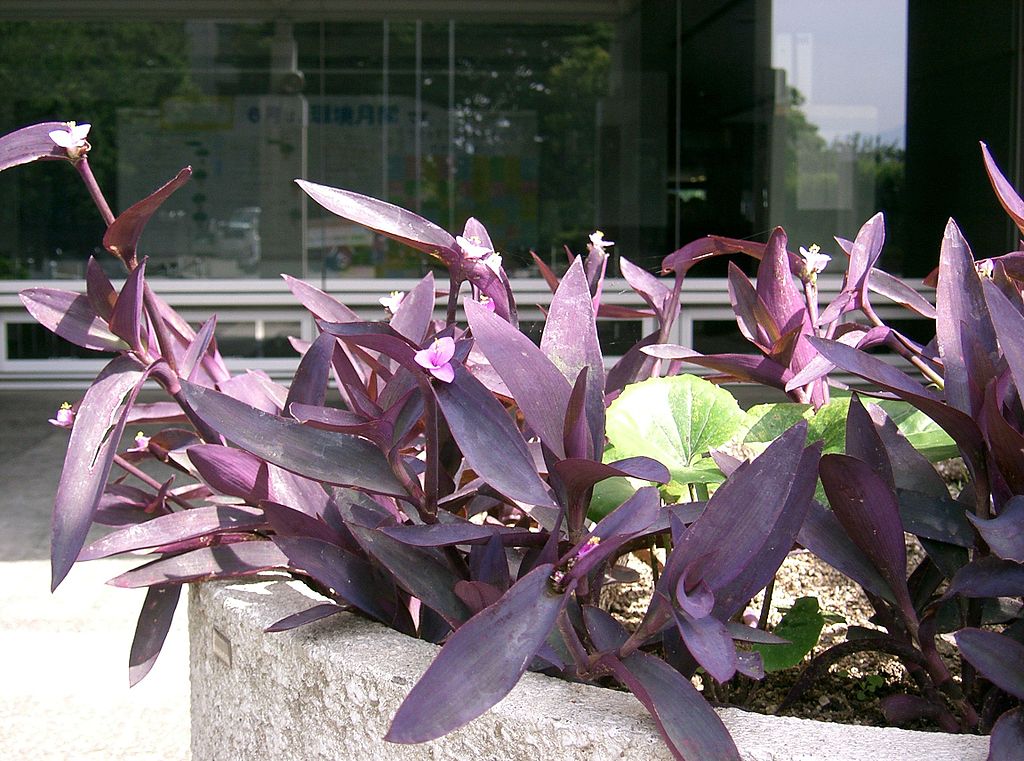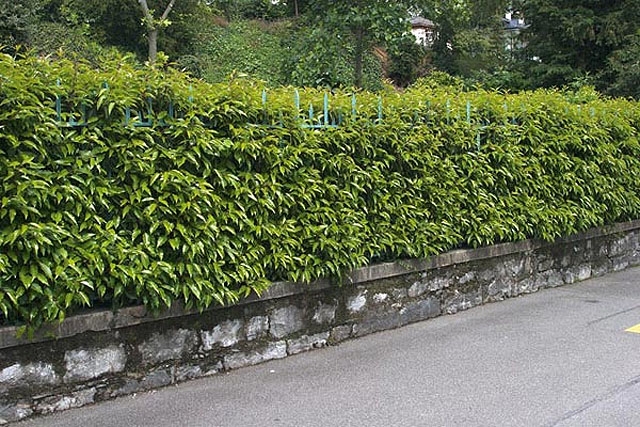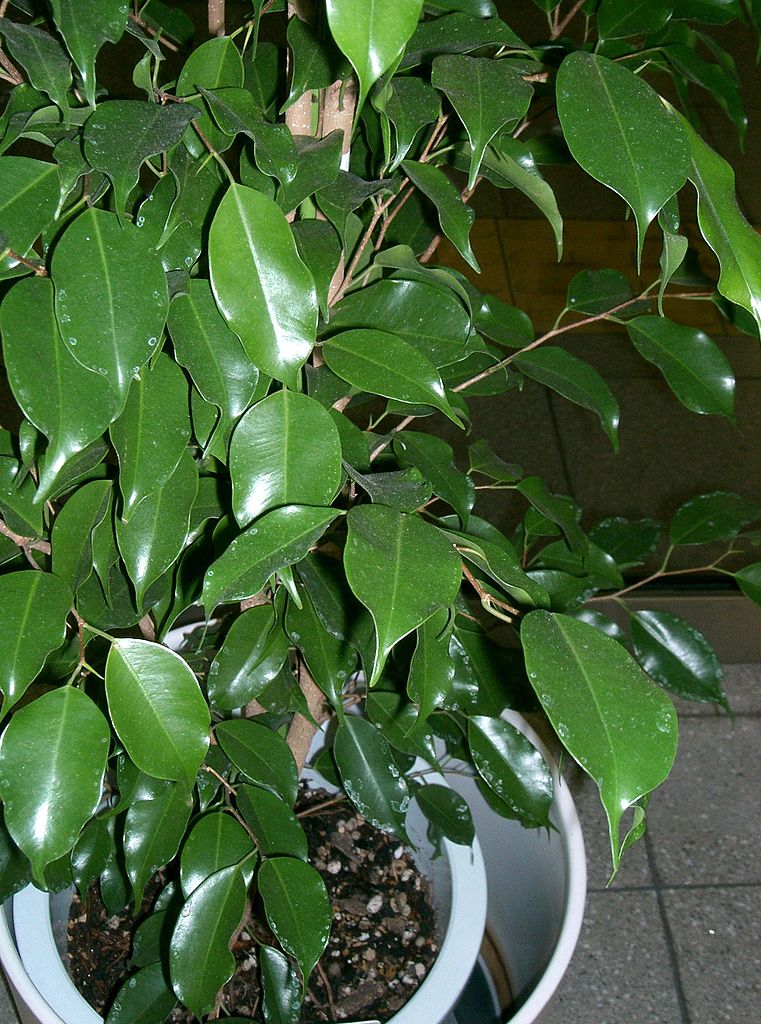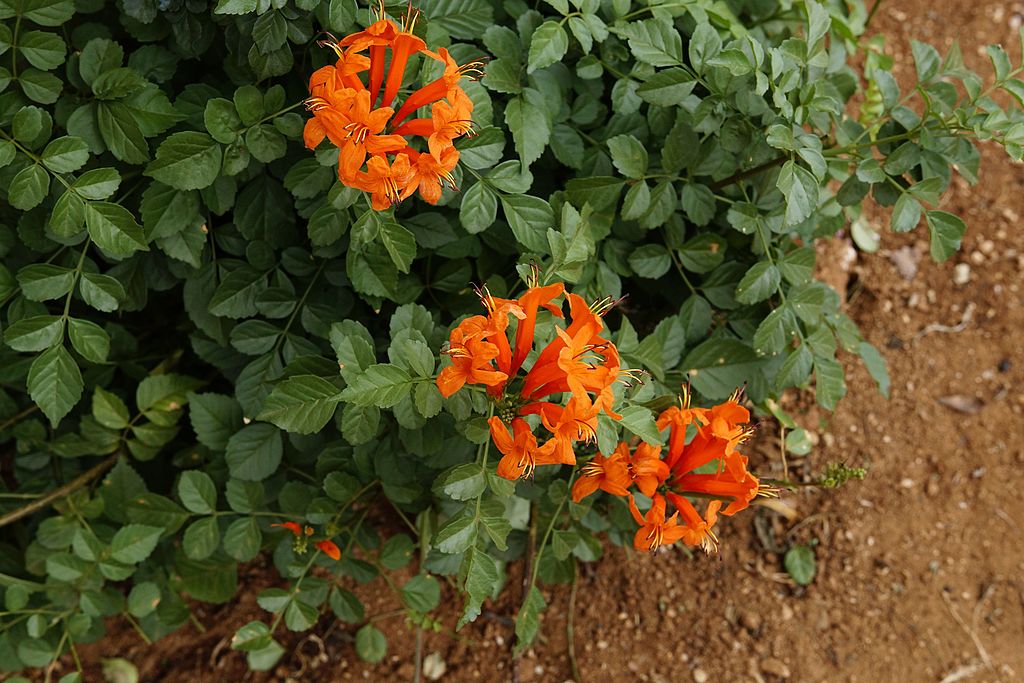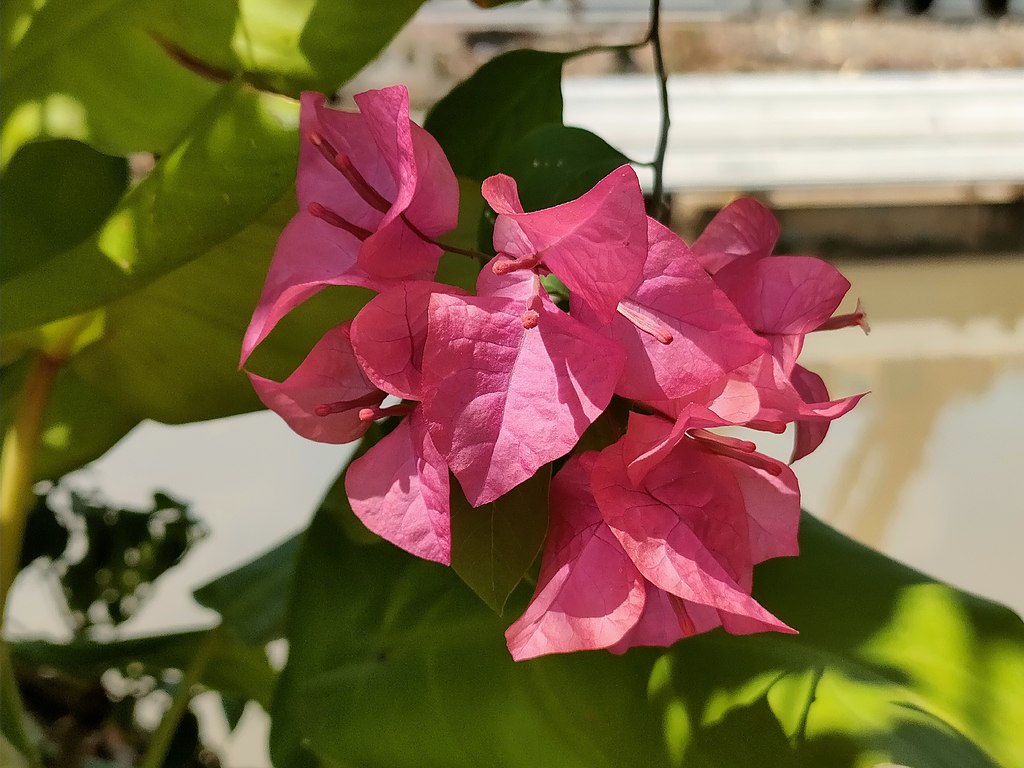The purple heart plant is commonly known as Tradescantia pallida, purpleheart, violet wood, amaranth and other local names (often referencing the color of the wood). It is a genus of 23 species of flowering plants in the family Fabaceae. The plant is native to tropical rainforests of Central and South America; from Guerrero, Mexico, through Central America, and as far as southeastern Brazil.
The cultivar T. pallida “Purpurea” is commonly called purple secretia, purple-heart, or purple queen. It is native to the Gulf Coast region of eastern Mexico.
The purple heart plant is a beautiful perennial with long, trailing stems that resemble rambling vines. Its foliage appears in silvery purple and violet hues. The purple leaves are long and oval-shaped, producing small purple flowers in summer.
This striking appearance makes it perfect for everyday use as an ornamental plant in gardens and along borders or driveways. However, as all Tradescantia plants are toxic to people and pets, be mindful of where you grow this trailing plant—juice from the leaves or stems can cause skin irritation for some people and even some dogs.
When planted outdoors, the purple heart plant grows best with regular watering and a balance of full sun and light shade despite being relatively drought-tolerant. On the other hand, growing a purple heart in full sun will help it develop a bright purple color. Growing it in the shade will make it appear more green than purple.
Purple heart plants need rich, moist, well-draining soil to grow. Stems are notoriously fragile and can break off very easily. While these plants are popular for pots and hanging baskets, they are also sometimes employed as ground cover plantings because of their hardiness.
How to grow Purple heart (Tradescantia pallida) plant indoors
When taking care of a Purple heart (Tradescantia pallida) plant indoors, there are several factors to consider.
Light
Planting your purple hearts in full sun can help ensure that they grow the vibrant purple stems. The plant can also grow in partial shade, but its stem is more likely to appear green than purple. It’s best to introduce these plants to brighter conditions over time, however, as too much direct sunlight all at once can lead to foliage burn.
Soil
Purple heart plants will grow best in soil that’s lightweight, porous, and moist. Good drainage is a must. The plant tolerates a wide pH range from slightly acidic to slightly alkaline.
Water
Purple heart is considered to be drought-tolerant and will not require a great deal of watering. Water your Tradescantia Zebrina when the top 50%-75% of soil is dry. Water until liquid flows through the drainage hole at the bottom of the pot and discard any water that has accumulated in the saucer.
Temperature
Any of the species of spiderwort plants will thrive at temperatures between 18 and 24 degrees Celsius, and they’ll also do fine in warmer temperatures.
Place
Spiderwort plants are best suited for hanging containers and they thrive in a location with plenty of indirect, natural light.
Pruning
Spiderwort plants can become leggy and scraggly with large sections of bare stems if they are not pinched back regularly to keep them bushy. You will also notice the plant normally produces many dead leaves as fast as it produces new growth. For plant hygiene, you can go over the plant every so often and pick out the dead leaves.
Fertilizer
Feed them with a general-purpose liquid houseplant fertilizer twice a month from spring through fall, once a month in winter.
I hope this information helps you take care of your Purple heart (Tradescantia pallida) plant indoors!
How to grow Purple heart (Tradescantia pallida) plant outdoors H2
When growing a Purple heart (Tradescantia pallida) plant outdoors, there are several factors to consider.
Light
Planting your purple hearts in full sun can help ensure that they grow the vibrant purple stems. The plant can also grow in partial shade, but its stem is more likely to appear green than purple. It’s best to introduce these plants to brighter conditions over time, however, as too much direct sunlight all at once can lead to foliage burn.
Soil
Purple heart (Tradescantia pallida) plants will grow best in soil that’s lightweight, porous, and moist. Good drainage is a must. The plant tolerates a wide pH range from slightly acidic to slightly alkaline.
Water
Purple heart is considered to be drought-tolerant and will not require a great deal of watering. Once established, Tradescantia pallida is fairly drought tolerant, but won’t do well in extended periods of dryness. When the top few inches of soil are dry, water deeply to encourage hardier roots, but avoid making it sodden.
Temperature
Purple heart (Tradescantia pallida) is hardy in locations with temperatures between 18 and 24 degrees Celsius.
Place
Purple heart (Tradescantia pallida) is often referred to as a “creeping perennial” due to the fact that it will spread out as it grows. Gardeners should be aware that purple heart flowers are known to form dense groundcover, which can prevent the germination and establishment of other plants. However, the plants can add a lush and tropical groundcover texture to any landscape. Downward trailing stems mean it will always stand out, even when planted as part of border fronts, wall plantings, and rock gardens.
Pruning
Purple heart is considered to have a fairly fast rate of growth. Its flowers will die off in the winter months.
Fertilizer
You can feed your outdoor purple heart (Tradescantia pallida) plant with a general-purpose fertilizer during the growing season.
I hope this information helps you grow your Purple heart (Tradescantia pallida) plant outdoors!
Identify and treat problems with Purple heart (Tradescantia pallida) plant
Like all plants, Purple heart (Tradescantia pallida) can be affected by pests and diseases.
To keep your Purple heart plant healthy, make sure to provide it with proper care and nutrients. Regularly inspect your plant for signs of pests or diseases and take appropriate action if necessary.
Pests
Aphids are the most common pests attacking the plant. They can be easily eliminated by spraying them with insecticides. Other insects that might attack spiderwort include spider mites and thrips. They appear especially when the plant has not enough nutrients.
Fungus
Fungal diseases can also affect Purple heart plants. Overwatering or poor drainage can lead to root rot. To prevent this, make sure to water your plant only when the top few inches of soil are dry and ensure that the soil has good drainage.
Invasive
Purple heart is considered to be invasive in certain parts of the world, including Cuba, Puerto Rico, and portions of Mexico, but it is not invasive in the United States.
Greek name: Τηλέγραφος.
Sources: https://getbusygardening.com/purple-heart-plant-care/, https://en.wikipedia.org/wiki/Tradescantia_pallida, https://www.southernliving.com/garden/plants/purple-heart-plant, https://www.thespruce.com/tradescantia-care-overview-1902775, https://bloomscape.com/plant-care-guide/tradescantia/, https://www.thespruce.com/growing-purple-heart-plants-5094561, https://www.valentine.gr/tradescantia_pallida_gr.php, https://www.cabidigitallibrary.org/doi/10.1079/cabicompendium.117574
Tags: ORNAMENTAL PLANTS

